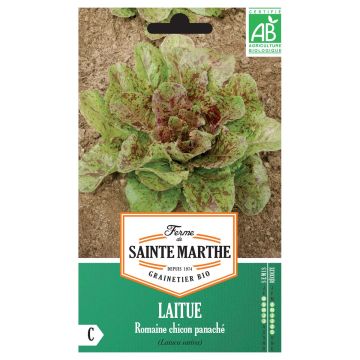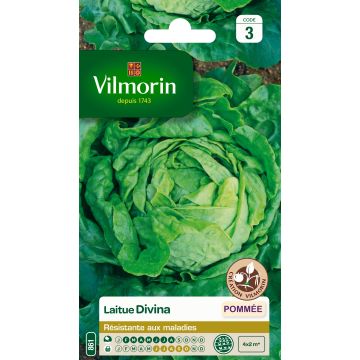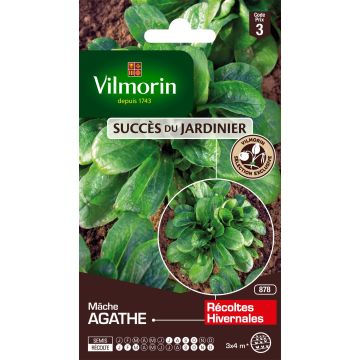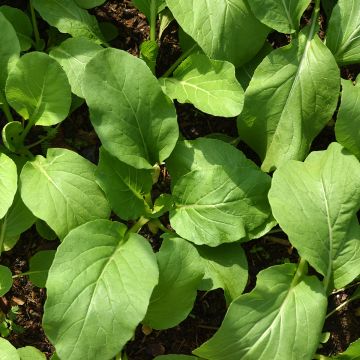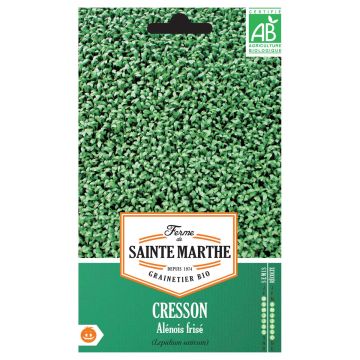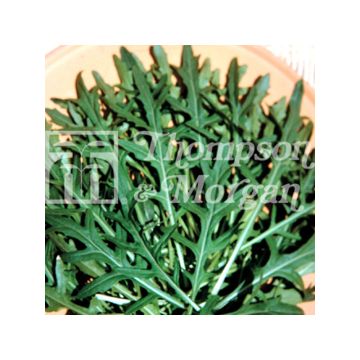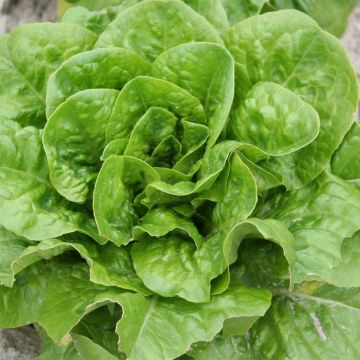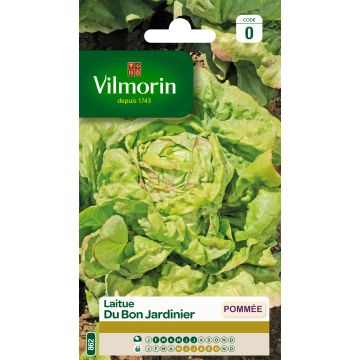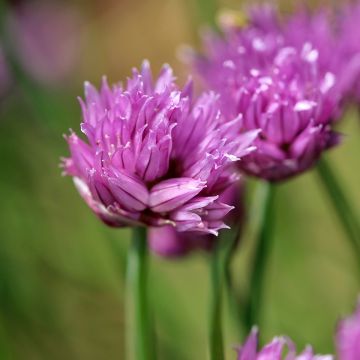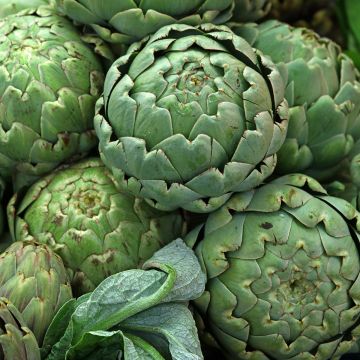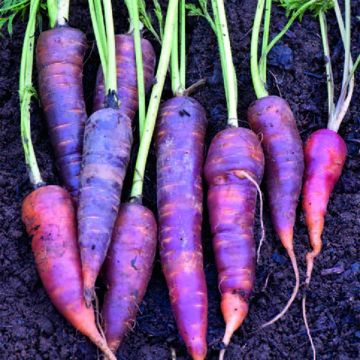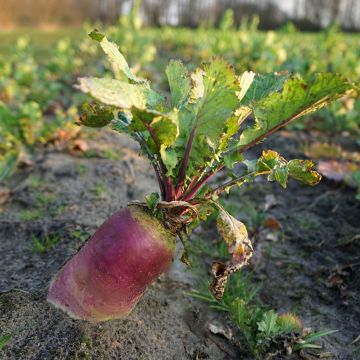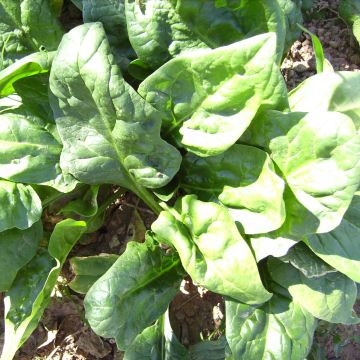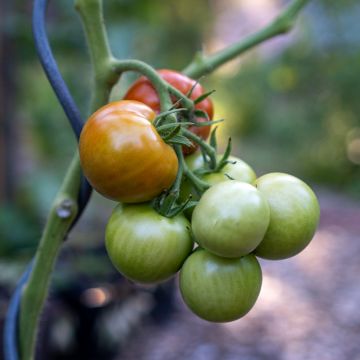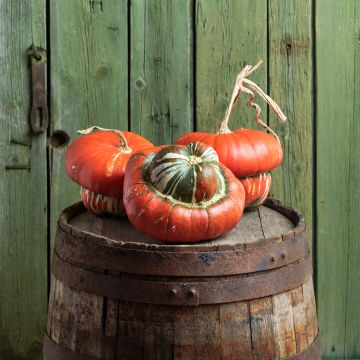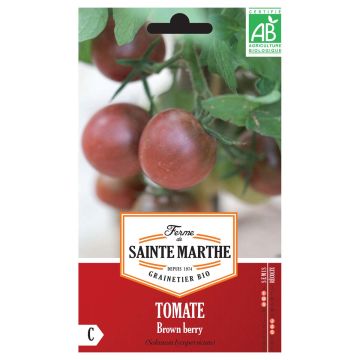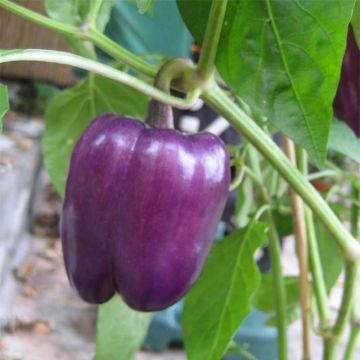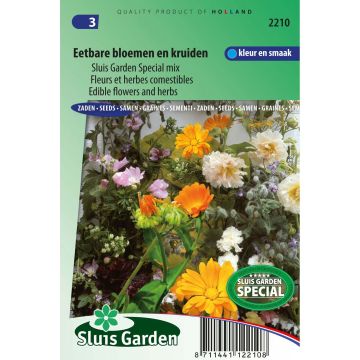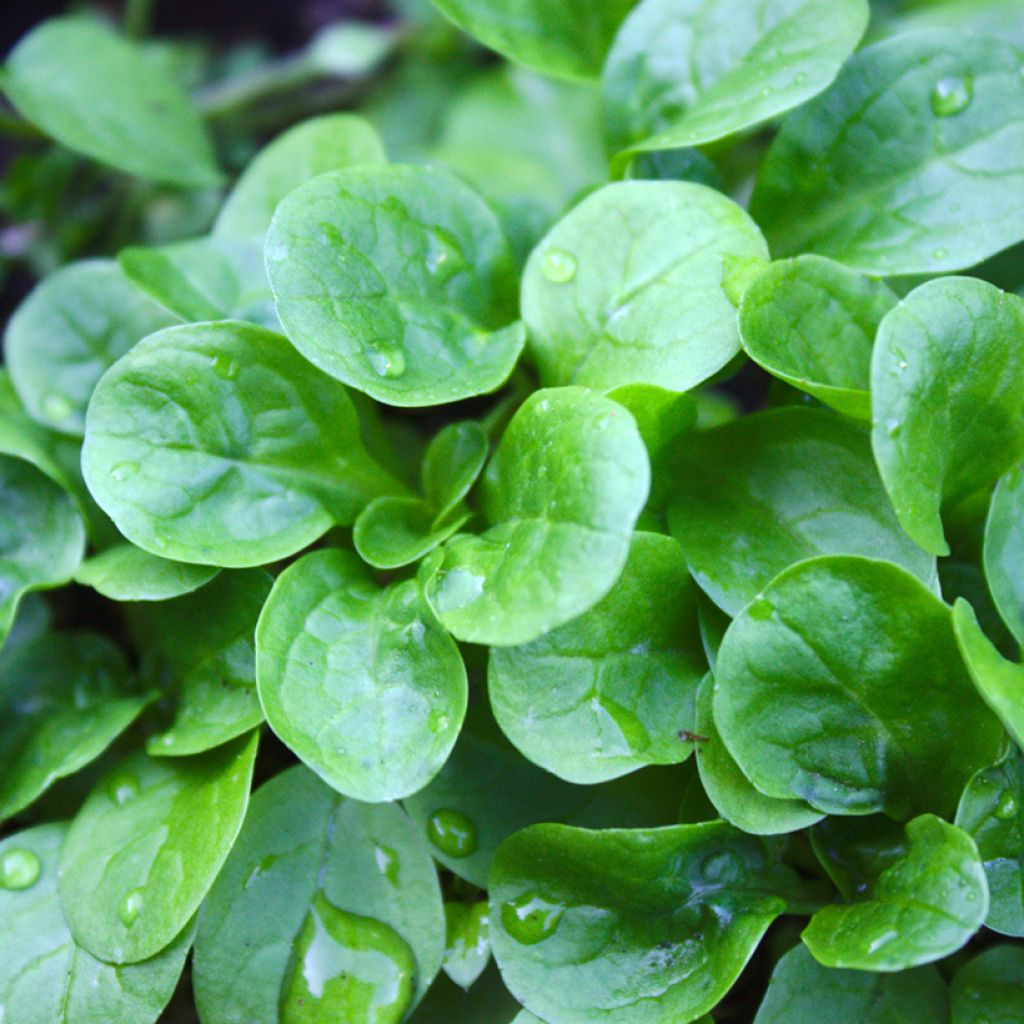

Lambs Lettuce Verte à Coeur Plein organic seeds - Corn Salad
Lambs Lettuce Verte à Coeur Plein organic seeds - Corn Salad
Valerianella locusta Verte à Coeur Plein
Corn salad, Lamb's Lettuce
This plant carries a 6 months recovery warranty
More information
We guarantee the quality of our plants for a full growing cycle, and will replace at our expense any plant that fails to recover under normal climatic and planting conditions.
From €5.90 for pickup delivery and €6.90 for home delivery
Express home delivery from €8.90.
Description
The Full-Hearted Green Lamb's lettuce is a hardy variety of Corn Salad appreciated by gardeners and food lovers. Its tender, thick, dark green, slightly rounded leaves form dense and generous rosettes to harvest in autumn and winter. They are enjoyed in salads, accompanied by walnuts, red beets, and other ingredients. Sow it from August to October for a harvest from autumn to late winter.
Lamb's lettuce, in Latin Valeriana locusta, is a small salad crop with rounded leaves grouped in rosettes. Traditionally associated with autumn and winter harvests, some varieties known as "all-season" allow for sowing and harvesting throughout the year. Varieties with large seeds produce larger leaves, but they are less cold-resistant than those with small seeds.
This plant belongs to the Caprifoliaceae family, like honeysuckle, and naturally grows wild throughout Europe, where it is sometimes considered a "weed." It is native to Southern Europe, certain regions of Asia, and North Africa.
The 'Full-Hearted Green Lamb's lettuce' is an old French variety, also known as 'Small Head Green Corn Salad', 'Green from Chevreuse Corn Salad', or 'd’Anizy' Corn Salad. This variety is distinguished by its short, rounded, and smooth leaves, forming a compact rosette with a well-filled heart.
Lamb's lettuce is mainly consumed raw, whether alone or in combination with ingredients like kiwi, avocado, or beetroot. It can be paired with olive oil, walnut oil, or simple rapeseed oil. It can also be cooked, like spinach. Its nutritional value is remarkable: very low in calories, it is rich in vitamin C (three times more than lettuce), vitamin E, and beta-carotene.
Cultivating lamb's lettuce is relatively simple. Sow on well-packed soil kept moist to ensure good germination. Harvest as needed, by cutting the rosettes just above the collar with a knife. After harvesting, it can be stored for a few days in the vegetable compartment of the refrigerator.
For a self-sufficient vegetable garden, it is advisable, in spring, to let some rosettes go to seed. They will self-sow, ensuring a new production effortlessly and providing some additional greenery on the plate.
In the vegetable garden, lamb's lettuce pairs well with many vegetables, especially carrots, beetroot, and radishes, which free up space for it after their harvest. It also appreciates the shade of cabbages or tall plants like climbing beans, while harmoniously coexisting with lettuces or strawberries, where it covers the ground in winter. Grown at the edge of beds or paths, it maximises the available space while benefiting from rich and undisturbed soil. These associations optimise the productivity of the vegetable garden while maintaining good soil structure and fertility.
Report an error about the product description
Harvest
Plant habit
Foliage
Botanical data
Valerianella
locusta
Verte à Coeur Plein
Caprifoliaceae
Corn salad, Lamb's Lettuce
Cultivar or hybrid
Annual
Other Salad leaf seeds
Planting and care
Sowing:
Germination of the Full-Hearted Green lamb's lettuce occurs at a temperature of about 14° and takes about 10 days.
Sow from mid-July to the end of August for varieties with large leaves (autumn harvests) and from mid-August to mid-October for smaller and hardy varieties (harvests until the end of winter).
On firm soil, not dug, just raked, draw furrows spaced 15 to 20 cm apart, one centimetre deep. Sow in rows spacing the seeds 0.5 to 1 cm apart, cover with a little fine soil and press down the sowing with the flat of the rake. Keep the soil moist until germination. Lamb's lettuce is best sown in shade or partial shade. If this is not possible, cover your sowing with a light mulch like a very thin layer of grass cuttings to maintain good moisture until the arrival of autumn rains.
Sowing can also be done by broadcasting, using 5 to 7 grams (12 grams for varieties with large seeds) per 10 m².
Cultivation:
Lamb's lettuce is not demanding and does not require any prior fertilisation. Varieties intended for winter crops are hardy, but to a certain extent (around -10°C). During harsh winters, remember to protect them from severe cold by covering them with winter fleece or a layer of straw.
It is a salad that grows very well in a cold greenhouse or under a tunnel.
Seedlings
Care
Intended location
This item has not been reviewed yet - be the first to leave a review about it.
Vegetable seeds
Haven't found what you were looking for?
Hardiness is the lowest winter temperature a plant can endure without suffering serious damage or even dying. However, hardiness is affected by location (a sheltered area, such as a patio), protection (winter cover) and soil type (hardiness is improved by well-drained soil).

Photo Sharing Terms & Conditions
In order to encourage gardeners to interact and share their experiences, Promesse de fleurs offers various media enabling content to be uploaded onto its Site - in particular via the ‘Photo sharing’ module.
The User agrees to refrain from:
- Posting any content that is illegal, prejudicial, insulting, racist, inciteful to hatred, revisionist, contrary to public decency, that infringes on privacy or on the privacy rights of third parties, in particular the publicity rights of persons and goods, intellectual property rights, or the right to privacy.
- Submitting content on behalf of a third party;
- Impersonate the identity of a third party and/or publish any personal information about a third party;
In general, the User undertakes to refrain from any unethical behaviour.
All Content (in particular text, comments, files, images, photos, videos, creative works, etc.), which may be subject to property or intellectual property rights, image or other private rights, shall remain the property of the User, subject to the limited rights granted by the terms of the licence granted by Promesse de fleurs as stated below. Users are at liberty to publish or not to publish such Content on the Site, notably via the ‘Photo Sharing’ facility, and accept that this Content shall be made public and freely accessible, notably on the Internet.
Users further acknowledge, undertake to have ,and guarantee that they hold all necessary rights and permissions to publish such material on the Site, in particular with regard to the legislation in force pertaining to any privacy, property, intellectual property, image, or contractual rights, or rights of any other nature. By publishing such Content on the Site, Users acknowledge accepting full liability as publishers of the Content within the meaning of the law, and grant Promesse de fleurs, free of charge, an inclusive, worldwide licence for the said Content for the entire duration of its publication, including all reproduction, representation, up/downloading, displaying, performing, transmission, and storage rights.
Users also grant permission for their name to be linked to the Content and accept that this link may not always be made available.
By engaging in posting material, Users consent to their Content becoming automatically accessible on the Internet, in particular on other sites and/or blogs and/or web pages of the Promesse de fleurs site, including in particular social pages and the Promesse de fleurs catalogue.
Users may secure the removal of entrusted content free of charge by issuing a simple request via our contact form.
The flowering period indicated on our website applies to countries and regions located in USDA zone 8 (France, the United Kingdom, Ireland, the Netherlands, etc.)
It will vary according to where you live:
- In zones 9 to 10 (Italy, Spain, Greece, etc.), flowering will occur about 2 to 4 weeks earlier.
- In zones 6 to 7 (Germany, Poland, Slovenia, and lower mountainous regions), flowering will be delayed by 2 to 3 weeks.
- In zone 5 (Central Europe, Scandinavia), blooming will be delayed by 3 to 5 weeks.
In temperate climates, pruning of spring-flowering shrubs (forsythia, spireas, etc.) should be done just after flowering.
Pruning of summer-flowering shrubs (Indian Lilac, Perovskia, etc.) can be done in winter or spring.
In cold regions as well as with frost-sensitive plants, avoid pruning too early when severe frosts may still occur.
The planting period indicated on our website applies to countries and regions located in USDA zone 8 (France, United Kingdom, Ireland, Netherlands).
It will vary according to where you live:
- In Mediterranean zones (Marseille, Madrid, Milan, etc.), autumn and winter are the best planting periods.
- In continental zones (Strasbourg, Munich, Vienna, etc.), delay planting by 2 to 3 weeks in spring and bring it forward by 2 to 4 weeks in autumn.
- In mountainous regions (the Alps, Pyrenees, Carpathians, etc.), it is best to plant in late spring (May-June) or late summer (August-September).
The harvesting period indicated on our website applies to countries and regions in USDA zone 8 (France, England, Ireland, the Netherlands).
In colder areas (Scandinavia, Poland, Austria...) fruit and vegetable harvests are likely to be delayed by 3-4 weeks.
In warmer areas (Italy, Spain, Greece, etc.), harvesting will probably take place earlier, depending on weather conditions.
The sowing periods indicated on our website apply to countries and regions within USDA Zone 8 (France, UK, Ireland, Netherlands).
In colder areas (Scandinavia, Poland, Austria...), delay any outdoor sowing by 3-4 weeks, or sow under glass.
In warmer climes (Italy, Spain, Greece, etc.), bring outdoor sowing forward by a few weeks.


































